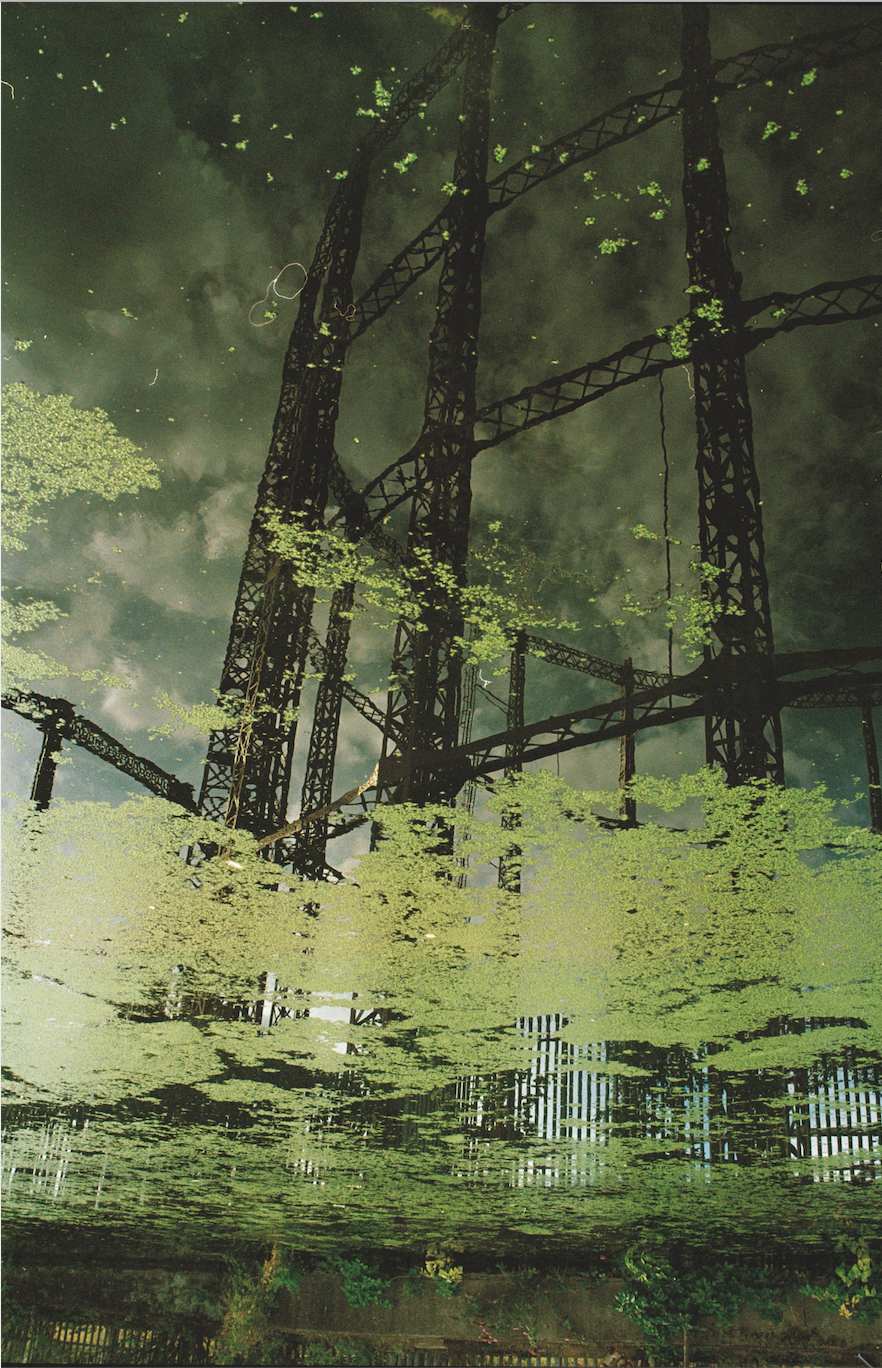Jack Hanlon: 'Making the Past Present: reflections on memory and photography'

I began to obsessively photograph reflections and shadows around the same time that I developed an academic interest in social and cultural memory. Yet only now, a few years down the line, have I begun to reflect on the connections between the two and how that’s played out in my own thought and practice.
Since its invention, photography has been tied in a close and often tense relationship with individual and collective memory. In its ability to give the past presence, the photograph has been understood variously as a replacement, a rival or an aide to traditional forms of memory. In the late 19th Century it was common to describe photographs as actually having memory; in the words of Oliver Wendell Holmes the photograph should be understood as a “mirror with a memory”. Yet unlike human and social memory, photographs don’t in themselves preserve meaning. Thus, as John Berger wrote in 1978, the task is “to incorporate photography into social and political memory, instead of using it as a substitute which encourages the atrophy of such memory”.
These are just two moments in a longstanding intellectual tradition that seeks to theorise and understand photography through the lens of memory. But I find the inverse more interesting: how might we re-think memory through the lens of photography?
Of course, there is a degree to which this is already commonplace; the notion of ‘photographic memory’ speaks to the ways in which the tangibility of photography is popularly used as a way of understanding the intangible workings of individual memory. But what might ‘photographic memory’ mean in the context of abstract, illusive or otherwise visually baffling forms of photography? I would argue that such imagery offers a far more accurate and compelling visual analogy for the workings of individual and collective memory than the straightforward, objective ‘holiday snap’ assumed in the common metaphor of ‘photographic memory’.

The kinds of photographs I like to take and look at depict their subject through layers of refraction or reflection, taking them at least some way towards abstraction. Often, this results in palimpsestic images where the ostensive ‘subject’ is only gleaned through multiple layers, textures and translucent surfaces. In these images you can never quite ‘get at’ the subject, but its presence is there: in the form of a shadow, reflected in a window, or refracted through a puddle. It demands some imaginative labour on the part of the viewer in working back towards the subject of the photo.
I find this a far more compelling kind of photography through which to address the subject of cultural memory; to interrogate the ways in which certain peoples, events, images, symbols, narratives and ideas from the past are made available, resonant and present. Like the subject of these photos the past is present in cultural memory, but it is only ever gleaned through layers of distortion, refraction and magnification. This approach resonates with the recent work of Max Silverman, who has put forward the idea of ‘Palimpsestic Memory’. The past is made present through reflection, repetition, misrecognition , echo and erasure. At an individual and social level, we can only ‘get at’ the subject of our memories by working back through layers of mediation and abstraction.
Spatial and visual metaphors frequently form the basis of conceptual thinking. And, for me, the complex spatial and aesthetic forms of reflection and shadow photography have become a useful and lively way of conceptualising the presence of the past when thinking about the workings of memory. Such thinking happens as much through the lens as it does through the pen.

Jack Tyler Hanlon is an interdisciplinary researcher and photographer based in London. He is currently doing a PhD at Queen Mary and the Museum of London on the history of Smithfield meat market. His research is broadly concerned with the relationship between urban space and urban memory. @jackhanlon_things
